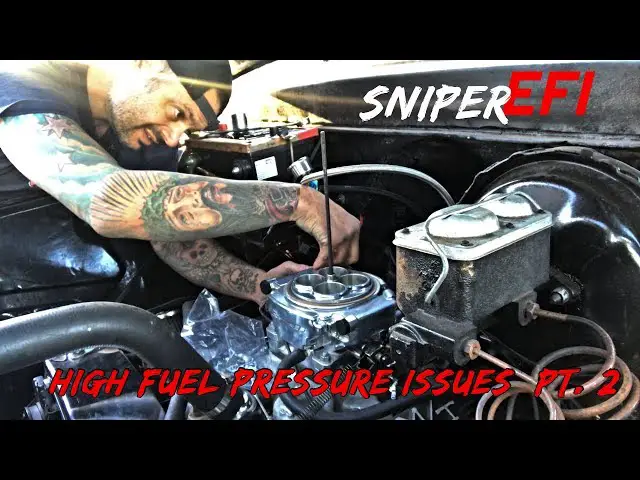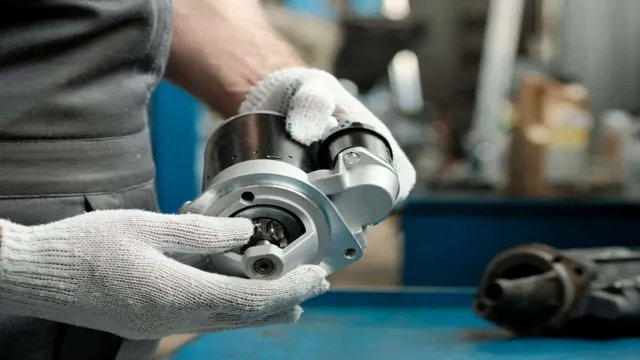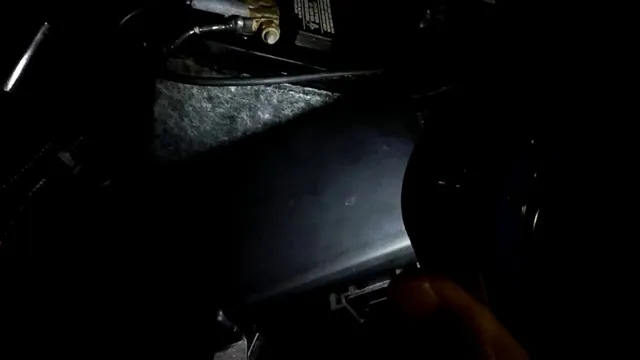How to Fix Leaking Thermostat Housing
Dealing with a leaking thermostat housing in your vehicle can be frustrating, but it’s a problem that needs to be addressed promptly to prevent further damage to your engine. The thermostat housing is a crucial component of the cooling system, and a leak can lead to overheating and potential engine failure if not taken care of in time. In this guide, we will walk you through the steps to diagnose and fix a leaking thermostat housing.

Credit: www.reddit.com
Diagnosing the Problem
The first step in fixing a leaking thermostat housing is identifying the source of the leak. Some common signs of a leaking thermostat housing include:
- Visible coolant puddles under the vehicle
- Steam or hissing sounds from the engine bay
- Overheating engine
Once you’ve noticed any of these signs, it’s important to inspect the thermostat housing and surrounding components for any visible leaks or damage. Keep in mind that a leaking thermostat housing may also be caused by a faulty gasket or a crack in the housing itself.
Gathering the Necessary Supplies
Before starting the repair, you’ll need to gather the following supplies:
- New thermostat housing
- Thermostat gasket
- Coolant
- Ratchet and socket set
- Flathead screwdriver
- Clean rags
- Container for draining coolant
Fixing the Leak
Once you have the necessary supplies, you can proceed with the repair using the following steps:
Step 1: Drain The Coolant
Start by allowing the engine to cool down, then place the container under the radiator drain valve to catch the coolant. Open the valve and drain the coolant into the container. Be sure to properly dispose of the old coolant according to local regulations.
Step 2: Remove The Old Thermostat Housing
Locate the thermostat housing, which is typically connected to the engine with bolts or screws. Use the ratchet and socket set to carefully remove the bolts and set them aside. Once the bolts are removed, gently pry off the old thermostat housing using the flathead screwdriver.
Step 3: Replace The Gasket And Install The New Thermostat Housing
Inspect the thermostat housing gasket for any damage and replace it if necessary. Then, carefully place the new thermostat housing in position and secure it with the bolts. Be sure not to overtighten the bolts to avoid damaging the housing or gasket.
Step 4: Refill The Coolant
After the new thermostat housing is installed, refill the cooling system with fresh coolant according to the manufacturer’s recommendations. This may involve a specific coolant-to-water ratio, so be sure to follow the instructions carefully.
Step 5: Check For Leaks
Once the coolant is refilled, start the engine and let it reach operating temperature. Keep an eye out for any signs of leaks around the thermostat housing. If everything looks good, allow the engine to cool down and recheck the coolant level, topping off as needed.
Preventative Maintenance Tips
To avoid future thermostat housing leaks, consider the following preventative maintenance tips:
- Regularly inspect the cooling system for any signs of leaks or damage
- Replace the thermostat and gasket during scheduled coolant system maintenance
- Use the recommended coolant type for your vehicle
- Keep the cooling system clean and free of debris
By following these tips and addressing any issues promptly, you can help prevent thermostat housing leaks and ensure the longevity of your vehicle’s cooling system.
Frequently Asked Questions For How To Fix Leaking Thermostat Housing
How Can I Detect A Leaking Thermostat Housing?
Inspect for coolant puddles under the car. Look for visible cracks or damage on the housing.
What Causes A Thermostat Housing To Leak?
Thermostat housing leaks can be caused by age, corrosion, excessive heat, or physical damage.
Is It Safe To Drive With A Leaking Thermostat Housing?
Avoid driving with a leak, as it can lead to overheating and engine damage. Seek prompt repair.
How Often Should Thermostat Housing Be Replaced?
Thermostat housing replacement is rare, but it’s recommended to inspect during regular maintenance checks.
Conclusion
Fixing a leaking thermostat housing is a manageable task that can be completed with basic tools and a little know-how. By identifying the source of the leak, gathering the necessary supplies, and following the steps outlined in this guide, you can successfully address the issue and prevent further damage to your vehicle’s engine. Remember to prioritize regular maintenance to catch potential problems early and keep your vehicle running smoothly.





